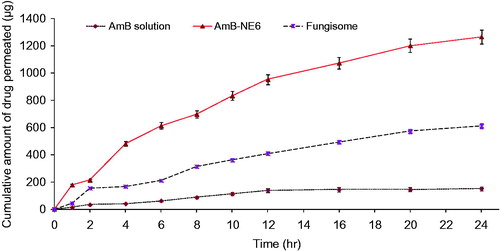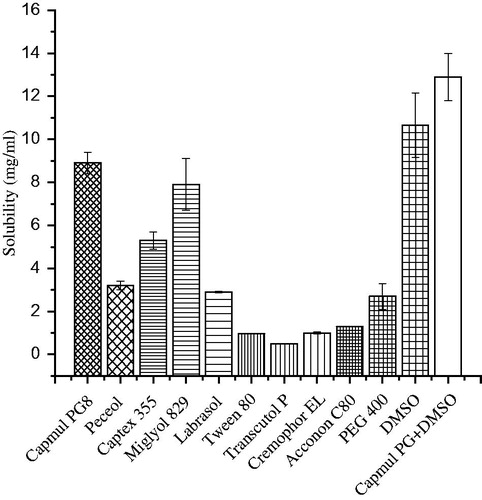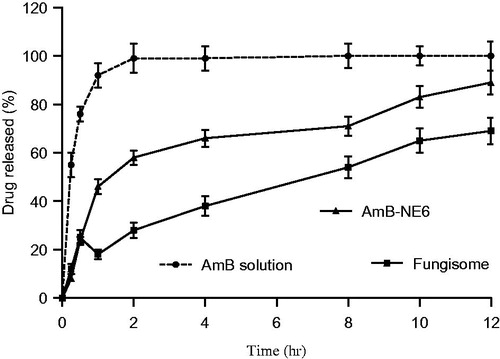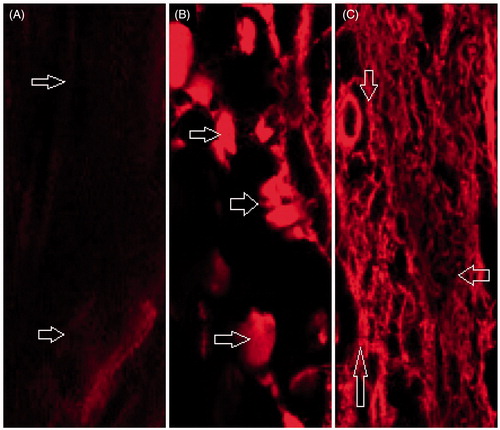Figures & data
Figure 2. Photographs of the zone of inhibition: (A–C) the Petri plates revealing control, capmul PG8 (CPG8) and capmul MCM C8 (C8), respectively against C. albicans. (D–F) the Petri plates showing control, CPG8 and C-8, respectively against A. niger. The data represents the mean ± SD, (n = 3).
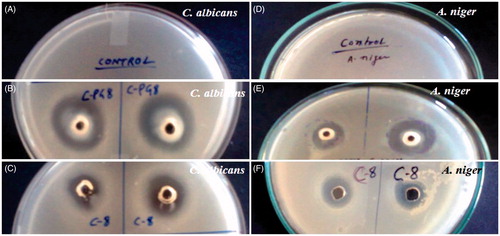
Table 1. Antifungal activities (zone of inhibition) against C. albicans and A. niger.
Figure 3. Pseudo-ternary phase diagrams of the optimized nanoemulsions delineated in different combinations of Smix as (A) and (B) reveal Smix ratio of 1:2 and 1:3, respectively.
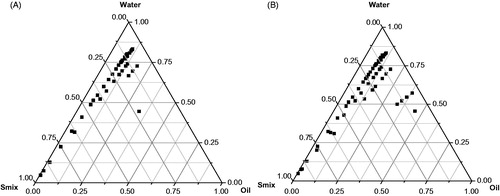
Table 2. Composition and characterization of developed nanoemulsion with their size, zeta potential, polydispersity index and ZOI (zone of inhibition) values.
Figure 4. Particle size, zeta potential and morphological studies of NE6: (A) particle size (nm) analysis, (B) zeta potential (mV), (C) transmission electron micrograph (TEM) of blank nanoemulsion and (D) TEM of drug-loaded nanoemulsion (AmB-NE6).
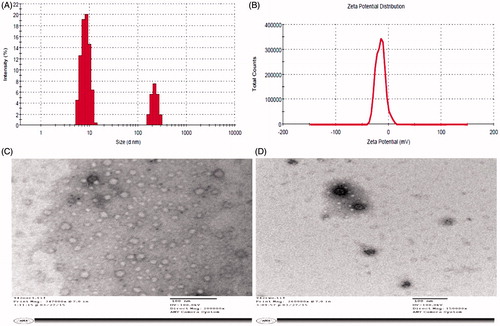
Figure 6. The cumulative amount of Amphotericin B across the albino rat skin using various formulations.
